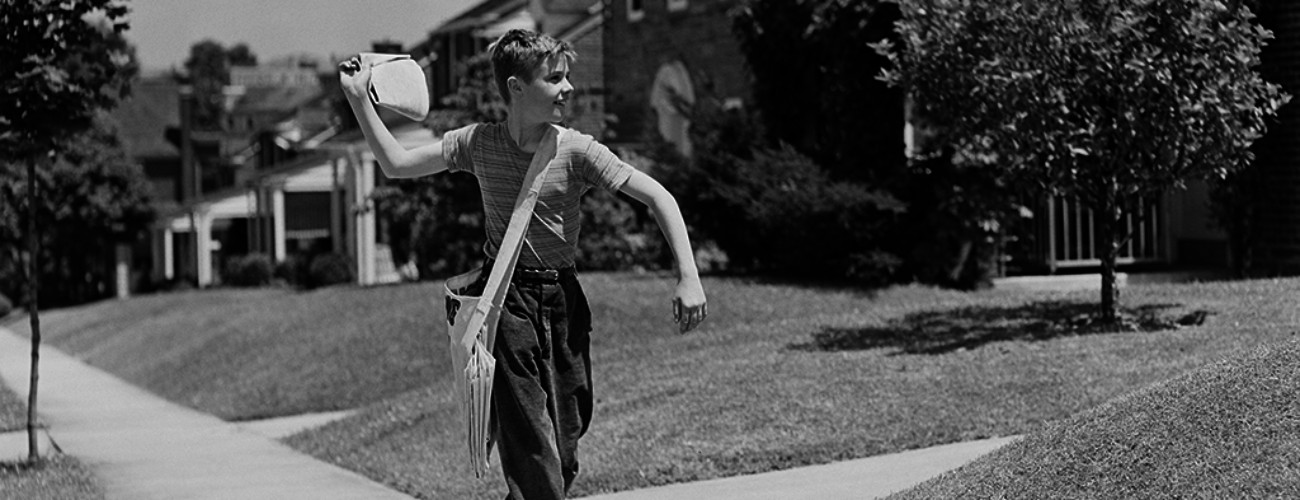Sign up for The Media Today, CJR’s daily newsletter.
It’s being called “The photo from Charlottesville that will define this moment in American history.” On his last day with The Daily Progress, photographer Ryan Kelly captured the tragedy and tumult stemming from this weekend’s “Unite the Right” rally in downtown Charlottesville, Virginia. Kelly spoke with CJR about the harrowing experience behind the photo. In the shot, people are flying into the air as a Dodge Challenger plows through protesters demonstrating against white nationalists. Heather Heyer, 32, was killed and at least 19 others were injured.
Kelly’s photo is unsettling, chaotic, and violent. But it’s more than just a single image; it’s an embodiment of the current state of this country (and also where it’s heading). “The picture is a visual expression of simply how strange America feels right now,” writes Alyssa Rosenberg in The Washington Post. It’s an America where the president refuses to condemn domestic terrorism; where labels like “far-right or alt-right” mask racism, bigotry, and intolerance; and where journalists need to reconfigure how they do their jobs in an era marked by false equivalencies, alternative facts, and 140 characters.
One way is to develop a unified front. On CNN’s “Reliable Sources” this Sunday, NPR media correspondent David Folkenflik delved into how news organizations collectively turned against the White House “in a way that was direct and focused” following the Charlottesville tragedy: “Straightforward reporters as well as folks on the left and the right [were] almost beseeching the president and the administration to get in front of this, or at least get in the moment, and it didn’t happen.” Presidential rhetoric matters, and the media is calling him out. Even The New York Post, Trump’s preferred paper (which has lost some of its love for the president lately), criticized the president for missing the mark on Charlottesville.
Another way? Skip ambiguity. Journalists reporting on Charlottesville face challenges as they choose their words, images and sounds. Poynter compiled some best practices on how to cover what happened this weekend. For example, descriptors like “alt-right” are too vague. Instead, focus on what people were saying and doing: “Explain that they chanted Nazi slogans including ‘Sieg Heil,’ a victory salute used originally by Nazis at political rallies.” More on Charlottesville:
- With Charlottesville, we’re entering “a new phase of the Trump era,” writes Jelani Cobb in The New Yorker.
- How should journalists handle racist words, images and violence?
- Two great Twitter threads: one from ProPublica on how Charlottesville fits into the larger trends of hate and bias in America this year, and another from The Washington Post editorial board on how Trump should’ve responded.
- In the Daily Beast, Ben Collins writes about the three alt-right reporters who framed an innocent man for a terror attack (again).
- This single sentence from Maggie Haberman and Glenn Thrush: “President Trump is rarely reluctant to express his opinion, but he is often seized by caution when addressing the violence and vitriol of white nationalists, neo-Nazis and alt-right activists, some of whom are his supporters.”
- …And those supporters are the only ones defending Trump’s choice of words.
Other notable stories
- CJR spoke with top journalists about the best reporting advice they’ve ever received.
- Is Fox News a stalwart defender of the press freedoms it depends on? That’s a question Margaret Sullivan explores in her latest for The Washington Post.
- Omarosa Manigault-Newman, former Apprentice star and current White House aide, caused quite the stir at the National Association of Black Journalists convention this weekend.
- Poynter looks at how Guam’s biggest daily newspaper is covering the standoff with North Korea: “This is a small island. …But there’s nothing any of us can do. You just have to go on and live your life. And, in our case, cover the news.”
- The Committee to Protect Journalists called on Danish authorities “to mount a rigorous, thorough investigation into the disappearance of Kim Wall,” a Swedish journalist who went missing this weekend.
- As America’s press freedom declines, the world is watching, writes Reporters Without Borders in a guest post for the U.S. Press Freedom Tracker.
- Trump’s re-election campaign released a new ad over the weekend, and you’ll notice some familiar faces from the media world in it.
- “Man fined for pretending to be ghost” and other @CrapLocalNews headlines, now available in your Twitter feed.
Has America ever needed a media defender more than now? Help us by joining CJR today.



